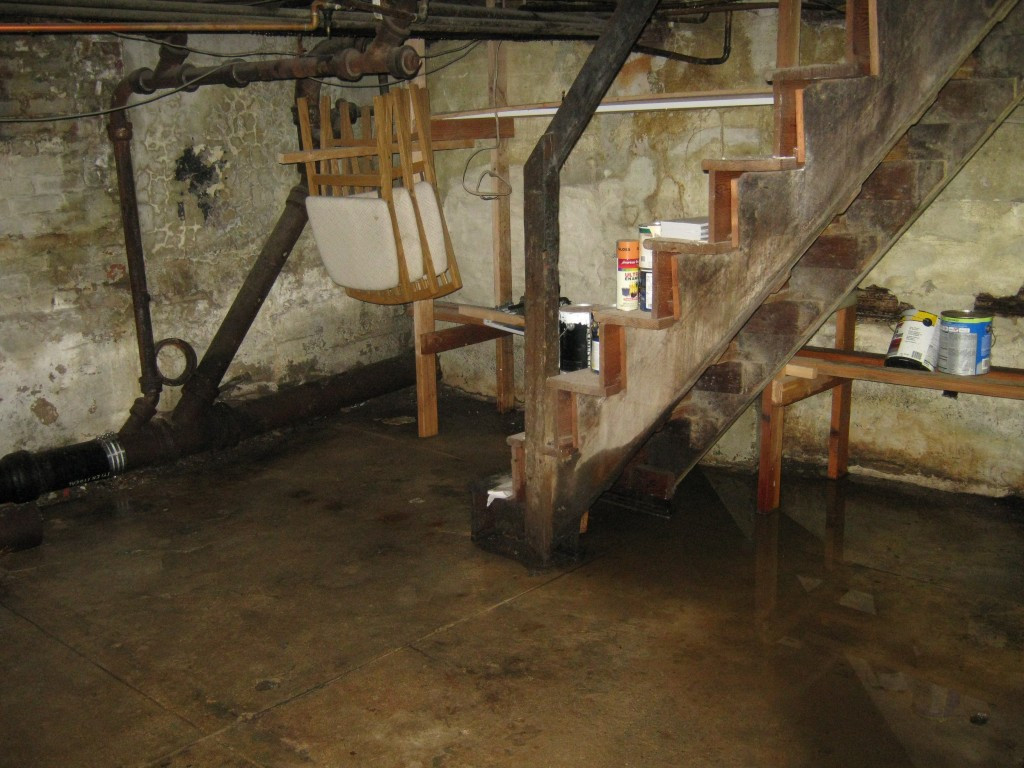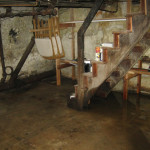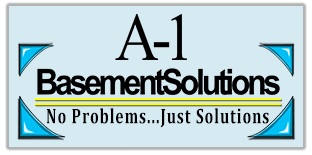Basement waterproofing is a crucial aspect of home maintenance, especially for homeowners dealing with moisture issues, leaks, or flooding. A dry basement not only ensures the structural integrity of your home but also creates a healthier and more comfortable living environment. In this comprehensive guide, we’ll explore essential steps for basement waterproofing, from identifying potential problems to implementing effective solutions and beyond.
Identifying Common Basement Waterproofing Issues
- Water Seepage: Water seepage is a common problem in basements and can occur through cracks in the foundation walls or floors, gaps around windows or doors, or poor drainage around the exterior of the home.
- Condensation: Condensation occurs when warm, moist air comes into contact with cooler surfaces, such as basement walls or floors. It can lead to mold growth, musty odors, and water damage if left unchecked.
- Hydrostatic Pressure: Hydrostatic pressure occurs when groundwater exerts pressure on the basement walls and floor, leading to cracks, leaks, and flooding. It is a common issue in homes with high water tables or poor drainage around the foundation.
Essential Steps for Basement Waterproofing
- Inspect the Basement: Start by inspecting the basement for signs of water damage, such as damp or discolored walls, pooling water, or musty odors. Pay attention to areas where water is likely to enter, such as around windows, doors, and utility penetrations.
- Address Exterior Drainage Issues: Ensure that gutters and downspouts are clean and free-flowing and that they direct water away from the foundation. Grade the soil around the foundation to slope away from the home, and consider installing French drains or a dry well to channel water away from the basement.
- Seal Cracks and Gaps: Seal any cracks or gaps in the foundation walls or floors using hydraulic cement or a waterproof sealant. Pay special attention to areas where pipes or utility lines enter the basement, as these are common entry points for water.
- Install a Basement Waterproofing System: Consider installing a basement waterproofing system, such as an interior drainage system or a sump pump, to manage groundwater and prevent basement flooding. Interior drainage systems collect water that seeps into the basement and channels it to a sump pump, which then pumps it out of the home.
- Improve Ventilation: Proper ventilation is essential for reducing moisture levels in the basement and preventing condensation. Install exhaust fans or dehumidifiers to remove excess moisture from the air, and consider using a basement ventilation system to promote airflow and prevent mold growth.
- Use Mold-Resistant Materials: When renovating or finishing the basement, use mold-resistant building materials and finishes, such as mold-resistant drywall, paint, and insulation. These materials are designed to inhibit mold growth and can help prevent mold problems in the future.
- Monitor and Maintain: Regularly inspect the basement for signs of water damage or moisture problems, and take action to address any issues promptly. Clean gutters and downspouts regularly, and test sump pumps and other waterproofing systems to ensure they are functioning properly.
Basement waterproofing is essential for protecting your home from water damage, mold growth, and structural issues. By following the steps outlined in this guide, you can identify potential problems, implement effective solutions, and enjoy a dry, healthy basement for years to come. Don’t wait until water damage occurs – take action today to waterproof your basement and protect your home from costly repairs and health hazards.
Contact the Professionals at A-1 Basement Solutions Today! 908-322-1313





